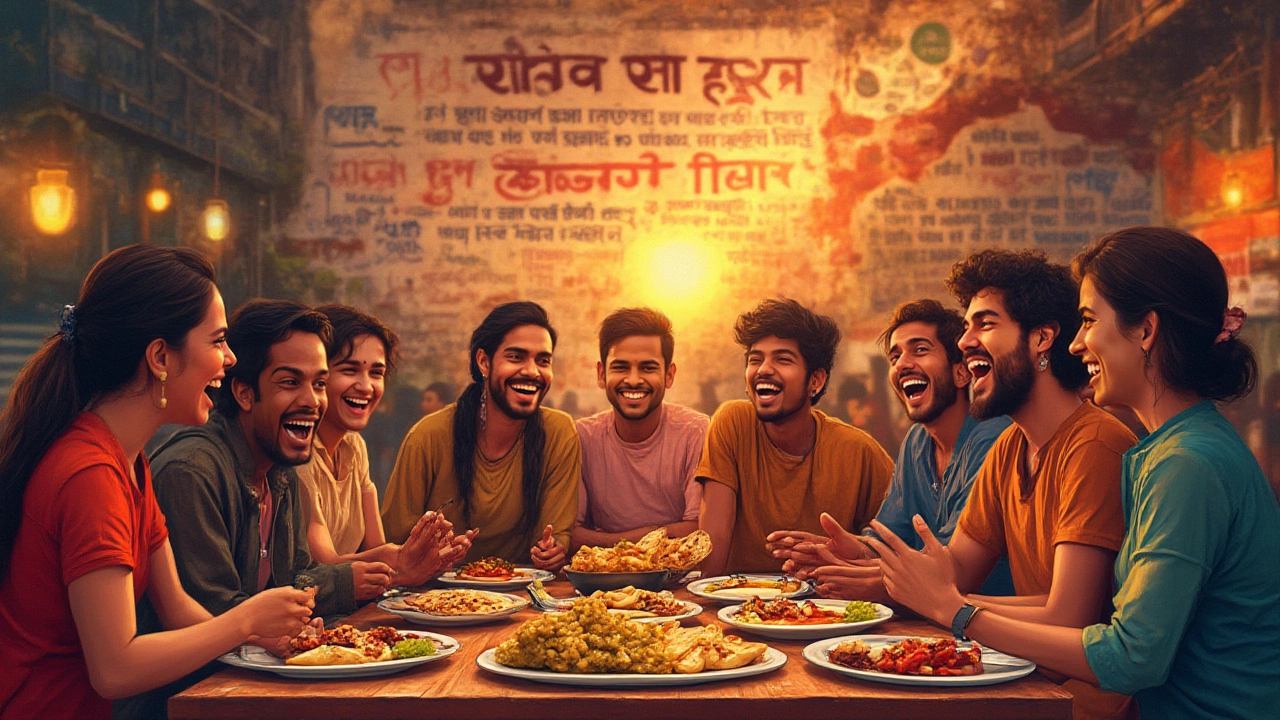Curry Nicknames: What They Mean and How to Use Them
If you’ve ever looked at a menu and seen words like "Madras" or "Korma" you might wonder what they actually refer to. In Indian cooking, many dishes have nicknames that tell you about the flavor, the region, or the cooking method. Knowing these nicknames helps you order the right dish and makes home cooking easier.
First, notice that most nicknames are short and easy to remember. They often come from the place where the dish started or from the main ingredient. For example, "Madras" points to the city of Chennai (formerly Madras) on the south coast. A Madras curry is usually hot, tomato‑based, and a bit tangy.
Popular Curry Nicknames and Their Flavors
Madras – spicy, tomato‑rich, a bit sour. Good for meat or veg that can handle heat.
Korma – creamy, mild, often includes yogurt, cream, or coconut. It’s the go‑to for a gentle, nutty taste.
Vindaloo – very hot, tangy, originally from Goa. It uses vinegar and lots of chilies. Perfect if you love a sharp kick.
Butter (Makhani) – smooth, sweet, buttery. Think butter chicken – a mild, tomato‑cream blend.
Chettinad – peppery, roasted spices, usually with a coconut base. It’s a signature from Tamil Nadu.
Rogan – thick, aromatic, often with a tomato or onion gravy. It’s rich but not overly spicy.
Saag – leafy green base, usually spinach or mustard greens. It can be mixed with paneer or meat.
Sambar – lentil‑based, tangy, with tamarind and vegetables. Common in South Indian meals.
Keema – minced meat cooked with peas, potatoes, and spices. It’s hearty and often medium‑spiced.
Masala – a catch‑all term meaning “spice mix.” You’ll see it paired with many ingredients, like “chicken masala.”
How to Spot Nicknames on Menus and Use Them at Home
When you’re at a restaurant, look for the nickname first. If a dish is listed as “Chicken Madras,” you can expect heat and a tomato base. If the menu says “Paneer Korma,” expect a mild, creamy sauce.
Don’t be afraid to ask the server. A quick question like, “Is the Madras curry very spicy?” can save you from an unpleasant surprise.
At home, you can swap nicknames for the ingredients you have. Want a quick Korma? Mix plain yogurt, a bit of cream, ground almonds, and a mild spice blend. For a fast Vindaloo, add vinegar and extra chilies to any meat curry you’re making.
Keep a small cheat‑sheet in your kitchen. Write the nickname, the key flavors, and a short ingredient list. Over time you’ll recognize them without thinking.
Remember that nicknames are not strict rules. Regional cooks often put their own spin on a dish. So a “Chettinad” you find in Delhi might taste a bit different from the original from Tamil Nadu.
Using these nicknames helps you talk about Indian food with confidence. It also makes it easier to follow recipes that reference them. Whether you’re ordering food, reading a blog, or experimenting in the kitchen, knowing the nickname gives you a shortcut to the flavor profile.
Next time you see a curry name that you don’t recognize, check this list. You’ll quickly learn whether you’re in for a mild, creamy bite or a fiery, tangy adventure. Happy eating!
Indian Curry Slang: Fun Nicknames and Popular Lingo Explained
Curious about the funny and catchy slang for Indian curry? Discover cheeky nicknames, quirky history, and fascinating facts used by curry lovers worldwide.
